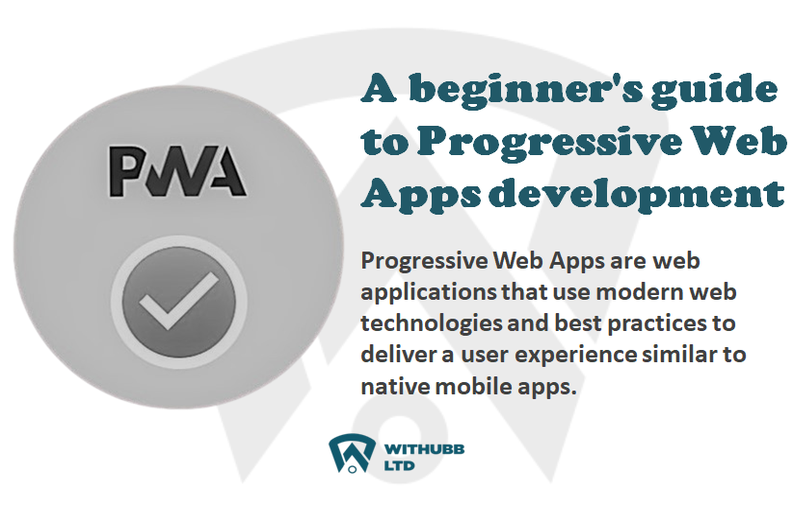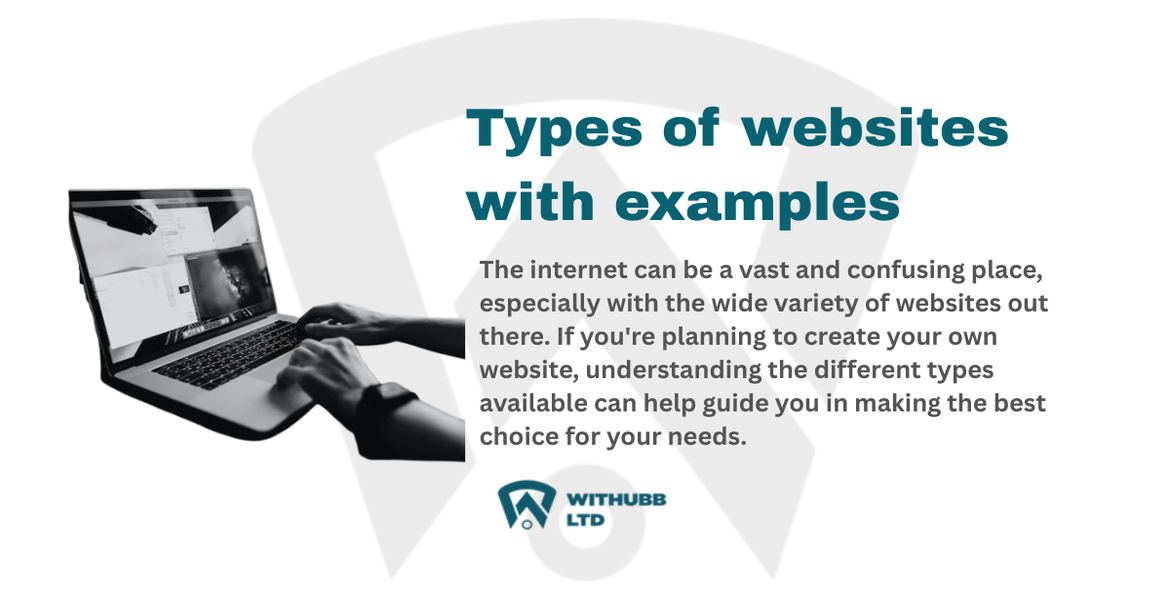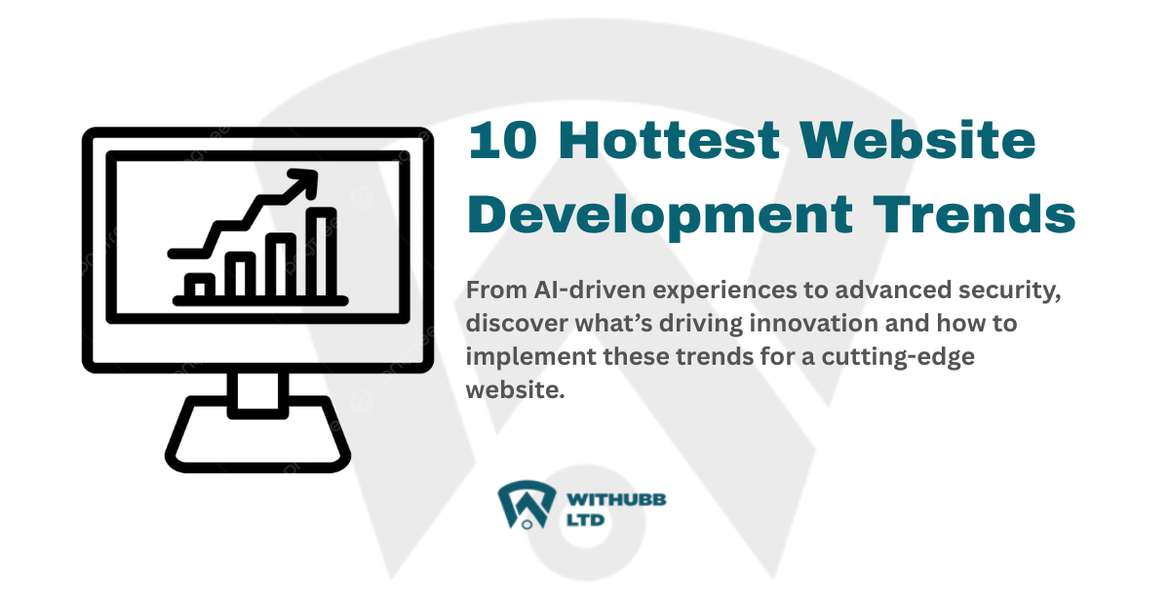How to Integrate Payment Gateways into a Website ?

Understanding the Importance of Payment Integration for Your Online Business
Integrating a payment system into your business website is no longer just an option; it’s a necessity. As online transactions continue to rise, businesses of all sizes must adapt to meet customer expectations for secure, convenient, and efficient payment methods. Integrating a payment system is crucial to maintaining customer trust and driving sales no matter what kind of business you operate, be it an e-commerce store, a subscription-based service, or any platform requiring financial transactions.
A properly integrated payment system does more than just process payments. It enhances customer experience by offering quick and hassle-free transactions, which ultimately boosts customer satisfaction and loyalty. Furthermore, an efficient payment system can help streamline your business operations by automating transaction records, managing customer data, and generating insightful financial reports.
Another critical aspect of payment integration is building credibility. Customers today expect to see well-known, secure payment options when making purchases online. When your website supports reliable and recognizable payment gateways, it reassures customers that their sensitive information is protected. This sense of security is vital for reducing cart abandonment rates and improving conversion rates.
Moreover, integrating payment systems can help you expand your business globally. Many payment gateways support multiple currencies and international transactions, allowing you to cater to a broader audience. Therefore, payment integration is not just about technical functionality; it’s a strategic move to enhance user experience, increase sales, and position your business for long-term growth.
Choosing the Right Payment Gateway for Your Business Needs
Choosing a suitable payment gateway is a fundamental step that directly influences your website's functionality and customer experience. With countless options available, making the right choice can seem daunting. However, understanding the core elements that define a reliable payment gateway can simplify your decision-making process.
First, consider the transaction fees. These fees vary from gateway to gateway, and selecting one that aligns with your business’s financial structure is essential. Some payment gateways charge a flat fee per transaction, while others take a percentage of the total sale amount. Analyzing your expected transaction volume and average purchase value will help you choose the most cost-effective option.
Another critical factor is compatibility with your platform. Whether you’re using WordPress, Shopify, Magento, or a custom-built site, ensure that the payment gateway integrates seamlessly. Popular gateways like PayPal, Stripe, and Square typically offer plugins or APIs that simplify integration with various website builders and CMS platforms. Checking for built-in compatibility saves time and reduces potential technical issues.
Also, take into account the need for a merchant account. Some payment gateways, like Stripe and PayPal, offer integrated merchant accounts, while others may require you to set one up separately. Integrated solutions are generally more convenient, as they combine payment processing and merchant services into one platform, simplifying management.
Security should be at the forefront of your selection process. Look for gateways that support PCI DSS compliance, data encryption, and fraud prevention tools. Customers are increasingly wary of online transactions, and a secure gateway builds confidence and reduces the risk of data breaches.
Lastly, evaluate the user experience. Modern consumers prefer quick and hassle-free payment processes. Gateways that support one-click payments, digital wallets, and mobile optimization improve the overall checkout experience. Additionally, features like multi-currency support and localization are valuable if you cater to a global audience.
How to Integrate Payment Systems on Your Website
Integrating a payment system into your business website might seem complex, but breaking it down into systematic steps makes the process manageable. Below is a comprehensive, step-by-step guide to help you integrate a payment system efficiently:
1. Setting Up Your Merchant Account:
The first step in integrating a payment system is selecting the right payment gateway that aligns with your business needs. This account acts as an intermediary between your business, your customer's bank, and your bank, facilitating the acceptance of electronic payments. To start, research and select a reputable payment processor that aligns with your business needs. Consider factors such as transaction fees, customer support, integration capabilities, and security features.
Once you’ve made your choice, apply for a merchant account, which typically involves providing information about your business, such as its legal name, address, tax identification number, and bank account details.
Upon receiving approval, integrate your merchant account with your website's platform. Most payment processors offer plugins or APIs that simplify this process. Ensure that these are compatible with your current web infrastructure to avoid any operational hiccups. It is also important to configure your account settings to tailor the payment experience to your specific business model. For instance, you may want to customize the checkout process, set up notifications for successful transactions, or enable options for recurring billing if applicable.
Testing is essential; conduct several test transactions to ensure everything works seamlessly. Lastly, maintain ongoing communication with your payment processor to stay updated on new features, security updates, and any changes in policy that might affect your operations.
2. Register and Set Up Your Payment Gateway Account:
Once you've chosen your payment gateway, the next step is to create an account. This process typically involves submitting business details, including your business name, address, bank information, and tax identification number. Depending on the provider, you may need to undergo a verification process to ensure your business is legitimate.
After account approval, you’ll receive access to an admin dashboard where you can configure settings, manage transactions, and access API credentials. Make sure to securely store your API keys and other sensitive information to prevent unauthorized access. Some gateways may also require you to link a merchant account to facilitate fund transfers.
3. Integrate the Payment Gateway With your Website:
Integration can vary depending on your website platform and the gateway you choose. Here are the common methods:
Plugins and Extensions: If you use a CMS like WordPress, WooCommerce, or Shopify, you can integrate the gateway using official plugins or extensions. These add-ons simplify the process by allowing you to connect your account with just a few clicks.
API Integration: For custom-built websites, manual API integration is necessary. This process involves using the gateway’s API documentation to embed payment forms, handle transactions, and receive payment status updates.
Hosted Payment Pages: Some gateways offer hosted pages that redirect users to a secure checkout environment, minimizing PCI compliance risks. You simply link to these pages from your site.
Direct Post Method: This method sends transaction data directly from your server to the gateway, keeping payment information secure while maintaining full control over the checkout process.
Once integrated, perform test transactions to ensure everything works correctly. Check for errors in payment processing, confirmation emails, and order tracking.
4. Customize the Checkout Experience:
A smooth and user-friendly checkout experience encourages customers to complete their purchases. Customize your payment form to include clear instructions, branded elements, and multiple payment options (like credit cards, digital wallets, and BNPL options). Ensure that the checkout page is mobile-friendly, as many users make purchases from smartphones and tablets. Use simple, minimalistic designs that guide users through the process without overwhelming them with information. Additionally, display trust signals like security badges, SSL certificates, and privacy policies to build customer confidence.
5. Test the Integration Thoroughly:
Testing is a critical phase in the integration process. Use the sandbox or test mode provided by the gateway to simulate transactions without charging real money.Perform tests for different scenarios, such as successful payments, failed payments, refunds, and chargebacks. Test how the system handles different payment methods, such as credit cards, debit cards, and digital wallets. Also, check the payment confirmation messages and emails to ensure they accurately reflect the transaction status. Document any errors encountered during testing, and make necessary adjustments to your code or plugin settings. Regular testing should be part of your maintenance routine to catch issues early.
6. Go Live and Monitor Performance:
After successful testing, switch from sandbox mode to live mode. Update your API credentials accordingly and double-check your configurations to avoid disruptions. Monitor your payment system’s performance regularly to detect issues like slow processing times, failed transactions, or gateway downtimes. Implement analytics tools to track payment metrics, including transaction volume, conversion rates, and revenue trends. Regularly update your payment plugins and perform maintenance to ensure compatibility with your website’s latest version and any system updates from the gateway provider.
7. Offer Customer Support for Payment Issues:
Even after a successful integration, customers may face issues such as declined payments or transaction errors. Prepare a support system to address these problems promptly.
Include a dedicated support page on your website with common troubleshooting tips, payment FAQs, and contact information. Train your customer service team to handle payment-related inquiries effectively, and provide clear instructions on resolving common issues.
Having reliable support in place not only enhances customer satisfaction but also reduces chargeback risks, as users are more likely to seek assistance rather than dispute charges directly with their bank.
By following these detailed steps, you ensure that your payment integration is seamless, secure, and optimized for both your business and your customers. A well-implemented payment system reduces friction during transactions, boosts customer satisfaction, and ultimately contributes to increased sales and customer loyalty.
Ensuring Security and Compliance When Integrating Payments
Security is a top priority when integrating payment systems into your business website. Handling sensitive financial data requires adhering to strict security standards to protect both your business and your customers. Failing to implement proper security measures can lead to data breaches, financial losses, and severe damage to your brand’s reputation. Here’s how to ensure secure and compliant payment integration:
1. PCI DSS Compliance:
The Payment Card Industry Data Security Standard (PCI DSS) is a set of security standards designed to protect card information during transactions. Compliance is mandatory for any business that processes, stores, or transmits credit card information. To meet PCI DSS requirements, your payment system should use secure encryption methods, protect cardholder data, maintain a secure network, and regularly monitor and test your systems. Many reputable payment gateways are PCI compliant, which simplifies your compliance efforts.
2. SSL Certificates:
Secure Socket Layer (SSL) certificates encrypt data transmitted between your website and the server, ensuring that sensitive information, such as credit card numbers, cannot be intercepted by cybercriminals. Always enable HTTPS on your website to protect data during online transactions. Customers expect to see a secure connection, and browsers may flag your site as unsafe without it.
3. Data Encryption:
Data encryption adds an extra layer of security by converting sensitive information into unreadable code during transmission. Even if intercepted, encrypted data is difficult to decipher. Most modern payment gateways employ advanced encryption protocols, such as AES (Advanced Encryption Standard), to secure data. Make sure your gateway supports strong encryption to minimize risks.
4. Tokenization:
Tokenization replaces sensitive payment information with unique identifiers, or tokens, that cannot be used outside the specific transaction. This means that even if hackers access the data, they cannot extract useful information. Tokenization is especially valuable for recurring payments, as it minimizes the need to store card details directly on your servers.
5. Fraud Prevention Measures:
To minimize the risk of fraudulent transactions, implement fraud detection tools provided by your payment gateway. Features like CVV verification, address verification systems (AVS), and 3D Secure authentication add layers of security. Additionally, consider setting up automatic alerts for suspicious transactions and monitoring payment activities regularly.
6. Regular Security Audits and Updates:
Payment systems should be regularly audited to identify vulnerabilities. Conduct routine security assessments and keep all payment plugins and software up to date. Outdated systems are prone to security breaches, so enabling automatic updates when possible is a good practice.
7. Educate Your Team:
Training your staff on secure payment handling practices is equally important. Employees should know how to identify phishing attempts, handle payment data securely, and follow your company's security protocols. A well-informed team reduces the risk of human errors that could compromise data integrity.
Troubleshooting Common Issues with Payment Integration
Despite thorough planning and careful integration, payment systems can sometimes encounter issues. Knowing how to troubleshoot common problems ensures that your customers experience smooth transactions and that your business operations remain uninterrupted. Here are some typical payment integration challenges and how to address them:
1. Payment Gateway Not Working:
Sometimes, the payment gateway may fail to process transactions. This can result from server downtime, incorrect API credentials, or configuration errors. Start by checking your API keys and gateway settings. Next, visit the gateway provider’s status page to verify whether the issue stems from their end. If the problem persists, contact customer support for assistance.
2. Declined Transactions:
Transactions can be declined for various reasons, such as expired cards, insufficient funds, or mismatched billing information. Display clear error messages to inform customers why their payment was not processed. Implement retry options and suggest checking card details to minimize frustration.
3. Slow Payment Processing:
If payments take too long to process, it could be due to high server loads or inefficient integration methods. Optimize your website's performance, reduce server response times, and ensure that your payment gateway’s API is functioning efficiently. Implementing a content delivery network (CDN) can also improve speed by reducing latency.
4. Plugin Conflicts:
If you are using a payment gateway plugin, conflicts with other website plugins can cause integration failures. Disable other plugins temporarily to identify the root cause. Make sure your payment plugin is up to date and compatible with your website’s platform and other installed plugins.
5. Error Messages During Checkout:
Sometimes, users may encounter vague error messages that do not clearly indicate the problem. Customize error messages to be more informative, guiding users on how to resolve the issue. Additionally, log errors on your server to analyze recurring issues.
6. Currency and Localization Issues:
If your website serves international customers, payment failures may arise due to unsupported currencies or localization errors. Verify that your gateway supports multi-currency transactions and properly configure currency settings. Additionally, ensure that language and localization settings are accurate to prevent mismatches.
7. Payment Confirmation Errors:
Customers expect immediate confirmation after making a payment. If confirmation emails or transaction receipts fail to send, check your email server settings and the gateway’s notification settings. Automate confirmations to keep customers informed.
By proactively addressing these common issues, you can minimize disruptions and maintain a reliable payment system. Regular monitoring and timely troubleshooting will ensure your website continues to offer a smooth and secure payment experience.
Final Take
When you think about it, integrating a payment system is more than just a technical task—it’s a commitment to making your customers’ lives easier. In a world where convenience often dictates customer loyalty, providing a seamless and secure payment experience positions your business as trustworthy and reliable.
People appreciate a smooth, hassle-free checkout experience, and when you make that possible, it doesn’t go unnoticed. It leaves a lasting impression—one that fosters trust and encourages repeat business. It is essential to approach payment integration not just as a requirement but as an opportunity to demonstrate your commitment to quality service.
As you refine your payment setup, consider the broader impact on your customer relationships. Investing in security, offering diverse payment options, and ensuring consistent functionality reflect your dedication to professionalism and client care. This thoughtful approach to payment integration will not only support your business’s growth but also solidify your reputation as a brand that values customer experience.
Always keep in mind that successful payment integration is about more than just processing transactions. It is about creating a positive, trustworthy environment where customers feel valued and supported, ultimately strengthening your business’s foundation.
Want to Build Something Amazing?
We prioritize your business success and we deliver faster. Our services are custom and build for scale.
Start nowMore Articles

How to fix Common Database Design Errors and Improve Performance
3 days, 13 hours ago · 17 min read
Making Money with Domain Names: A Guide to Buying and Selling Premium Domains
1 week, 4 days ago · 10 min read
Why local SEO is Important for your Business Website
1 week, 6 days ago · 10 min read
JavaScript for web development and programming. (Importance, Features, Roles of JavaScript in web development)
2 weeks ago · 8 min read
Object-Oriented Programming (OOP) Meaning, Principles, Benefits.
1 month ago · 7 min read
Security Best practices In web development
1 month, 2 weeks ago · 9 min read
A beginner's guide to Progressive Web Apps development (PWA)
1 month, 2 weeks ago · 5 min read
Types of websites with examples
1 month, 2 weeks ago · 10 min read
10 Hottest Website Development Trends You Can’t Ignore in 2025
1 month, 2 weeks ago · 10 min read
How to Set Up Django with PostgreSQL, Nginx, and Gunicorn on Ubuntu VPS Server
1 month, 2 weeks ago · 12 min read
x
